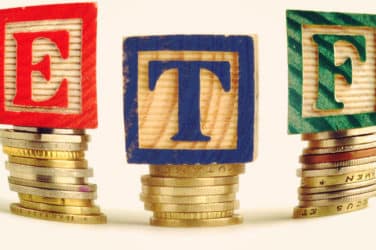
The changing regulatory environment is creating increased demands for collateral in both the cleared and uncleared markets, across all financial products. As a result there are direct and increasing pressures on both the availability and cost of collateral.
“Collateral is simultaneously becoming more expensive and harder to source, creating the so-called ‘collateral squeeze,’” said John Wisbey, CEO at Lombard Risk. “The optimization module enables real-time determination of the most optimal asset to be used, in any scenario, according to user-defined and evolving priorities.”
Lombard Risk has launched a collateral optimization model for COLLINE, a collateral management and clearing system that provides end-to-end, cross-product (OTC derivatives, repo and sec lending) collateral management and clearing.
The COLLINE optimization module incorporates real-time algorithmic calculation of optimal inventory utilization and collateral allocations to improve liquidity by optimizing use of all available assets, and to reduce the cost of collateral programs by calculating ‘cheapest to deliver’/’most expensive to hold.’
“We have focused on developing a highly configurable rules-based solution, maximizing the use of our consolidated inventory management capabilities on a single platform, for the benefit of both the front office from a strategic asset utilization perspective, and the back office from an operational cost and efficiency standpoint,” said Elaine MacAllan, head of product development, COLLINE at Lombard Risk.
Financial institutions can maintain profitability when faced with new regulatory cost pressures by optimizing collateral, regulatory capital and CCP selection, according to a whitepaper by 4sight Financial Software, a provider of software for financial markets participants.
This could lead to more centralized co-ordination between siloed areas such as CVA desks, risk, and collateral management, particularly across product lines such as OTC derivatives, securities lending and repo.
For derivatives trades, firms must calculate a Credit Value Adjustment (CVA) that factors in the counterparty default probability and the exposure at default. Conversely to CVA, there is also Debit Value Adjustment (DVA). This is a positive mark-to-market gain a firm can realize on a derivatives trade when the firm itself becomes more likely to default.
Optimization of capital involves first calculating the cost of capital for a given counter-party/trading desk/business line. It is then possible to work out which counterparty/desks/business lines are generating the most P&L per unit of economic capital.
“There are practical challenges to the multi-factor optimization discussed above”, comments Martin Seagroatt, 4sight’s marketing director. “However, it can provide a useful tool for financial institutions seeking to adapt to the new world of more expensive collateral, trading via CCPs and a finite supply of tier one capital.”
The calculations typically involve data from multiple technology systems, and different, often siloed business units. “A clear view of optimum trading strategy therefore involves some form of central co-ordination,” said Seagrott. “This process has begun to some extent through the consolidation of collateral usage across securities lending, repo and derivatives and we expect this to continue.”






